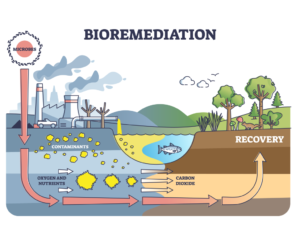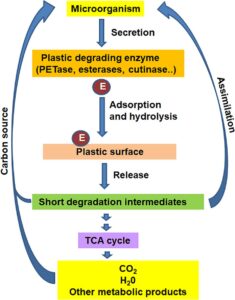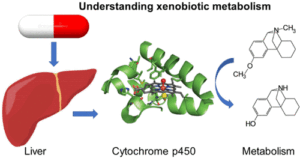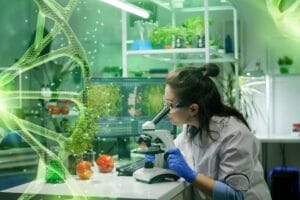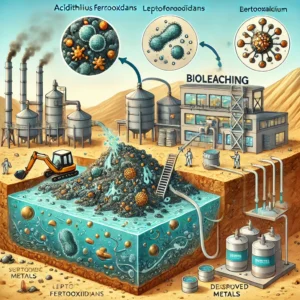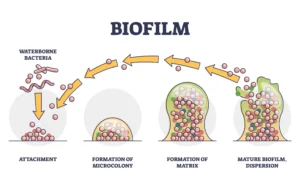Bioremediation refers to using living organisms, such as microorganisms, plants, or fungi, to degrade, detoxify, or remove environmental pollutants. The techniques for bioremediation can be classified into the following types:
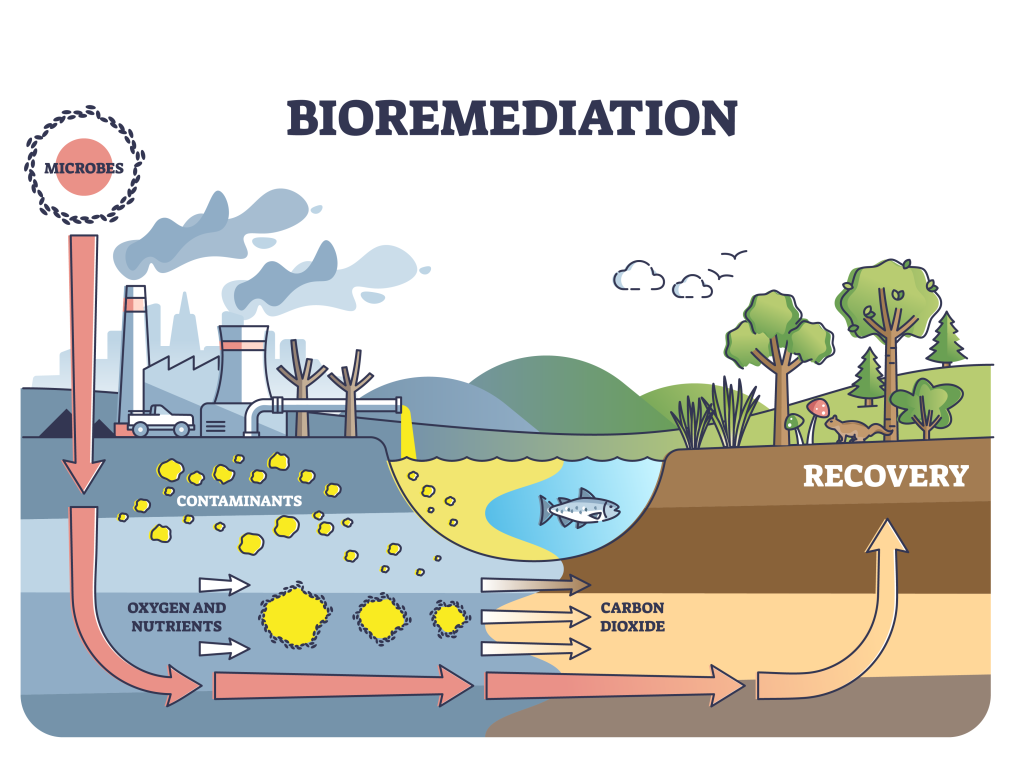
Microbial Bioremediation:
- Intrinsic Bioremediation: This process relies on natural microorganisms present in the environment to degrade pollutants without human intervention. It is self-sustained and happens over time.
- Augmented Bioremediation: Involves introducing specific strains of microorganisms (or enhancing the existing microbial population) to accelerate the degradation of contaminants.
Phytoremediation:
- It involves the use of plants to absorb, accumulate, or degrade pollutants, including heavy metals, organic contaminants, and excess nutrients from water and soil. Types of phytoremediation include:
- Phytoextraction: Plants absorb contaminants into their tissues.
- Phytodegradation: Plants break down pollutants within their tissues.
- Phytostabilization: Plants stabilize contaminants in the soil to prevent them from spreading.
- Rhizoremediation: The use of plant roots to degrade pollutants in the rhizosphere (root zone).
Fungal Bioremediation:
- Fungi, particularly white-rot fungi, have been used to break down complex organic pollutants such as petroleum hydrocarbons, pesticides, and plastics. The mycelium of fungi produces enzymes that can degrade these compounds.
Enzyme-Based Bioremediation:
- Involves using specific enzymes (either naturally occurring or engineered) to catalyze the breakdown of contaminants. Enzymes can be applied directly to the site of contamination or used in bioreactors.
Bioventing:
- A technique that enhances the aerobic biodegradation of organic contaminants in soil by supplying oxygen through the use of air or nutrient injection systems. This increases the activity of indigenous microorganisms that degrade the contaminants.
Bioreactors:
- Involves the use of controlled environments (reactors) in which microorganisms, plants, or enzymes are used to treat polluted water, soil, or air. Bioreactors can be used for treating liquid or gaseous waste.
Composting:
- A controlled aerobic process in which organic waste (including hazardous waste) is biodegraded by microorganisms, primarily bacteria and fungi, to produce a stable, non-toxic material (compost). This is often used for municipal solid waste, sewage sludge, and contaminated soil.
Natural Attenuation:
- Involves the monitoring and assessment of the natural process by which contaminants degrade or become less harmful over time due to natural microbial activity, chemical reactions, or physical processes without intervention.
Biodegradation:
- The microbial breakdown of organic pollutants into less harmful substances. This can occur under aerobic or anaerobic conditions, depending on the type of pollutant and microbial activity.
Each technique is suited to different environmental conditions and pollutants, and often a combination of methods is employed for effective bioremediation.

